Archive
2022
KubaParis
Gabinetto Segreto
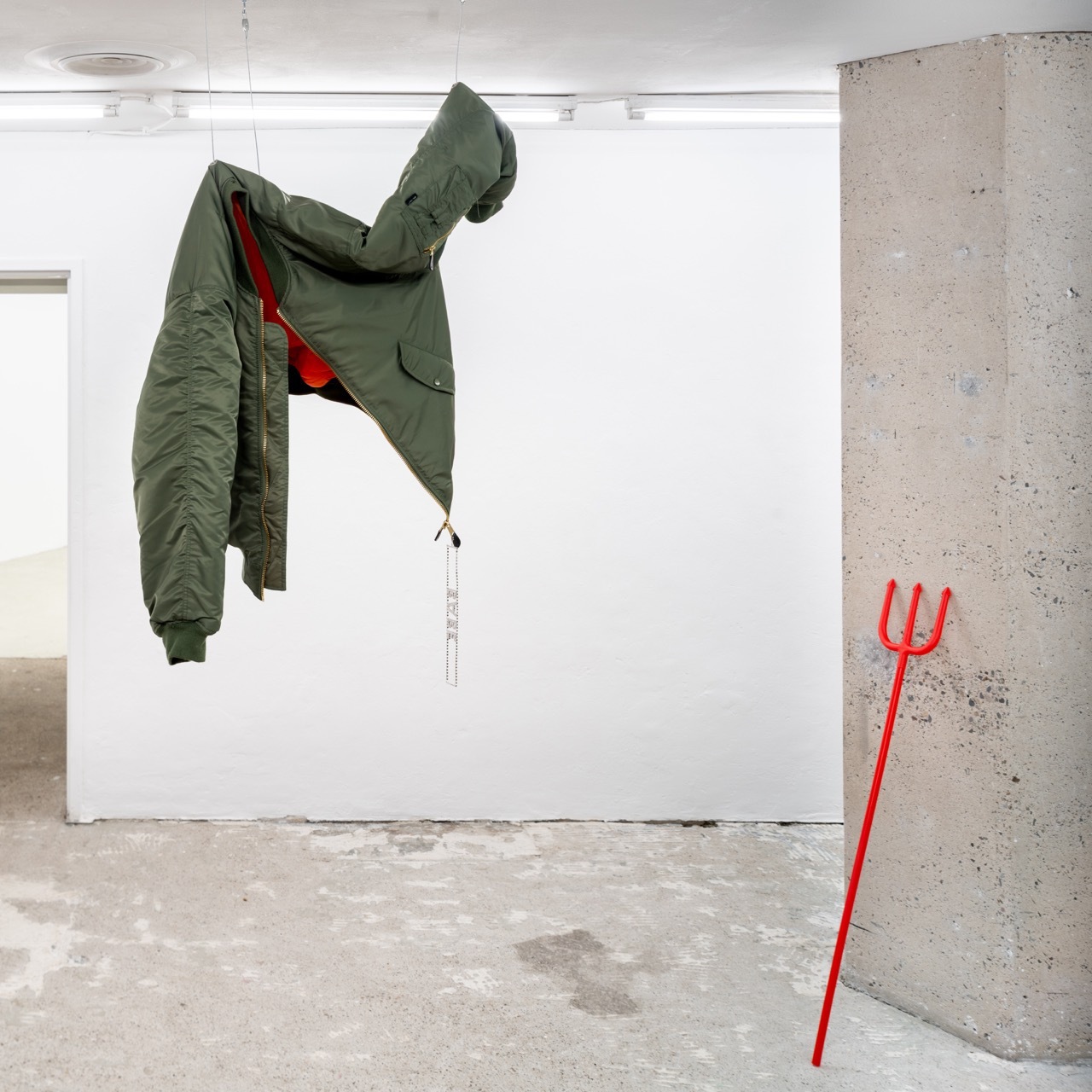
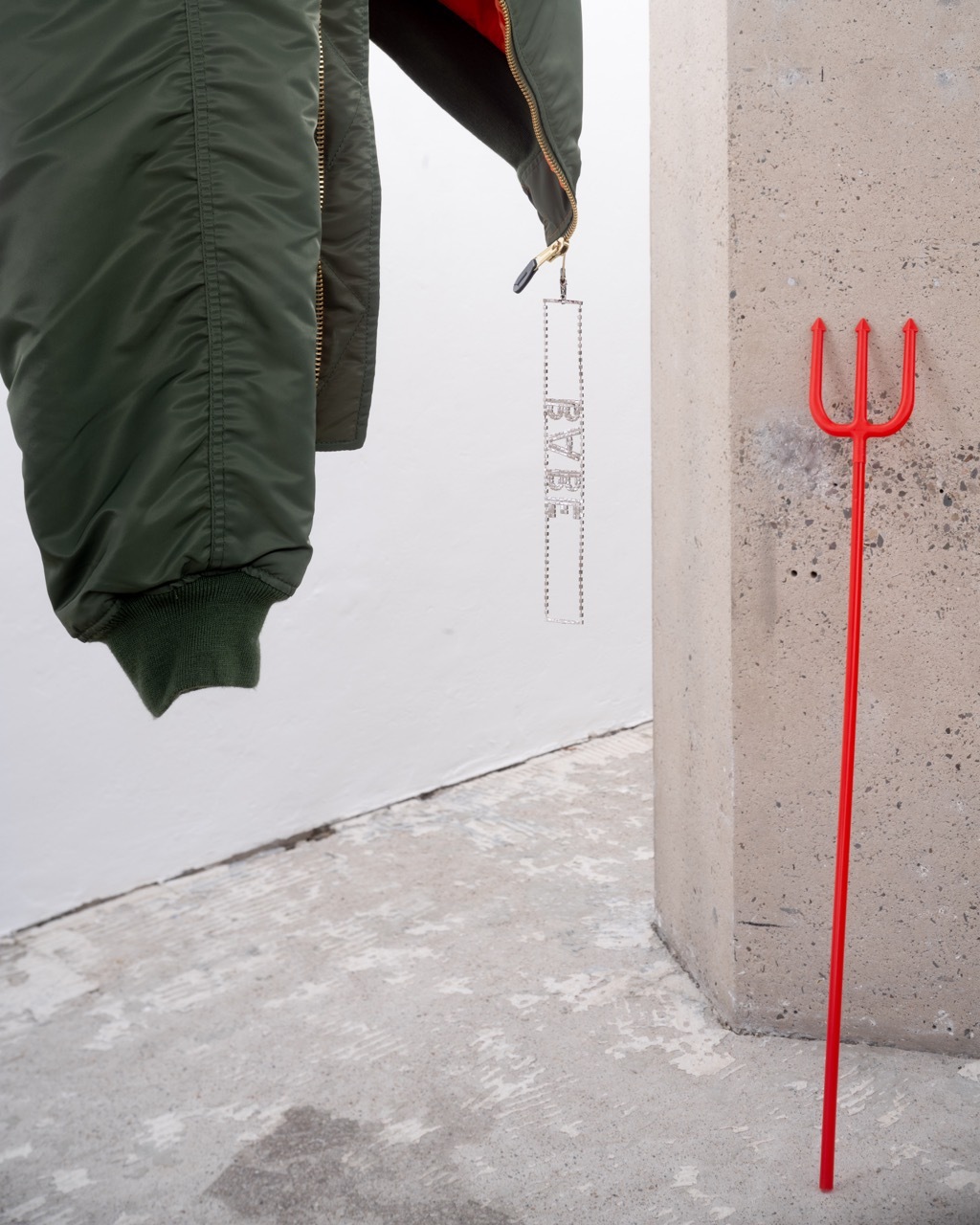
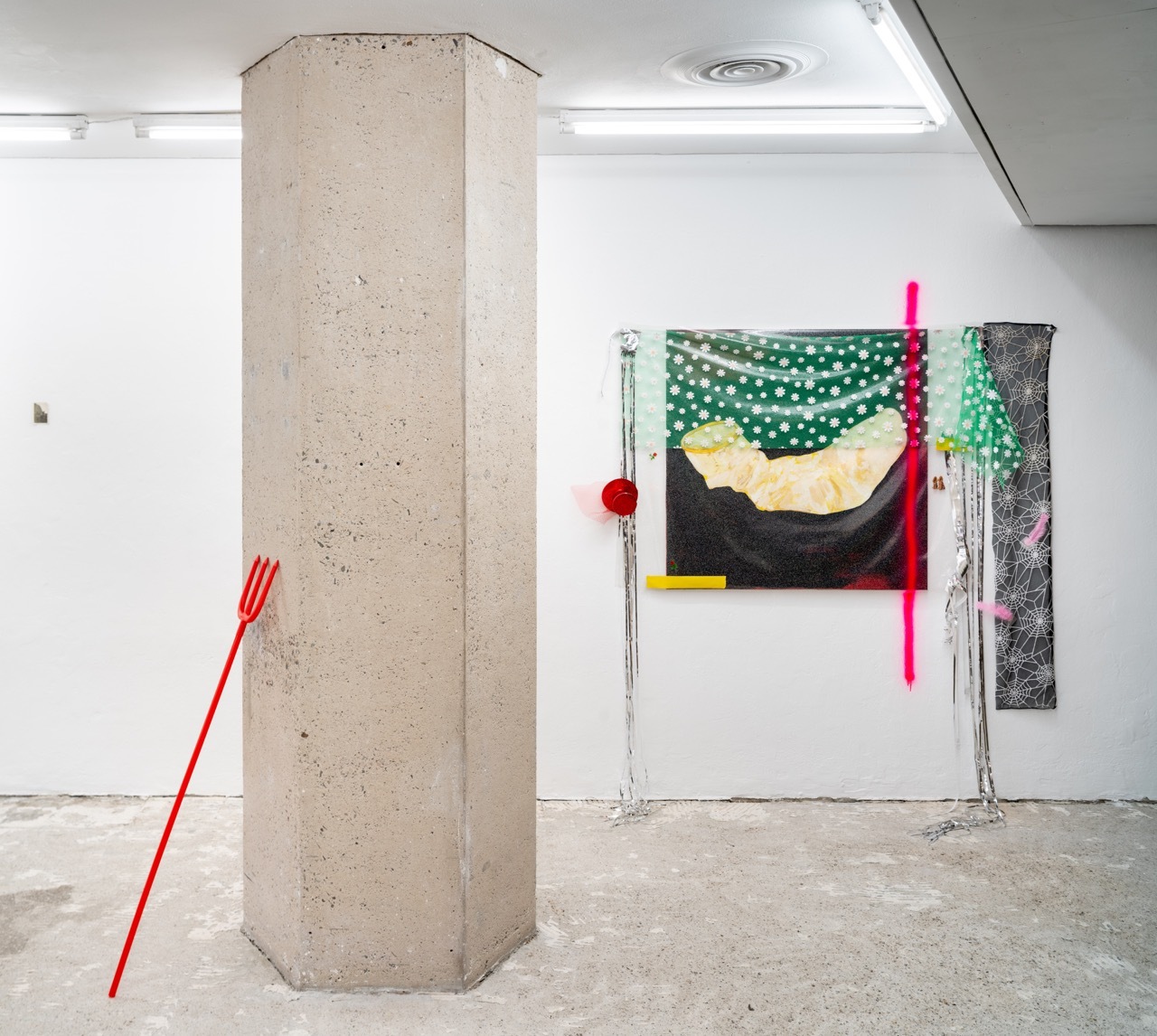


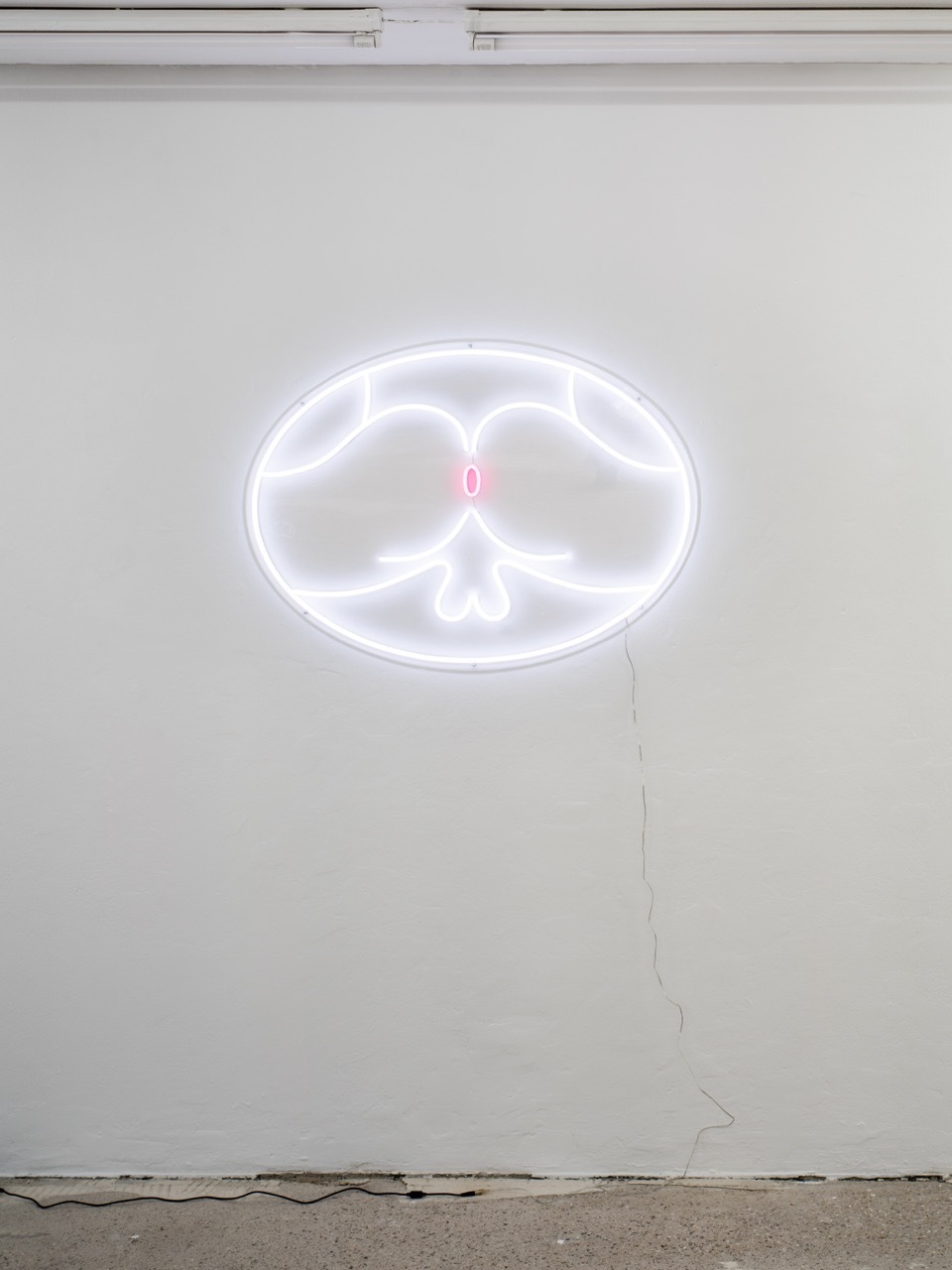

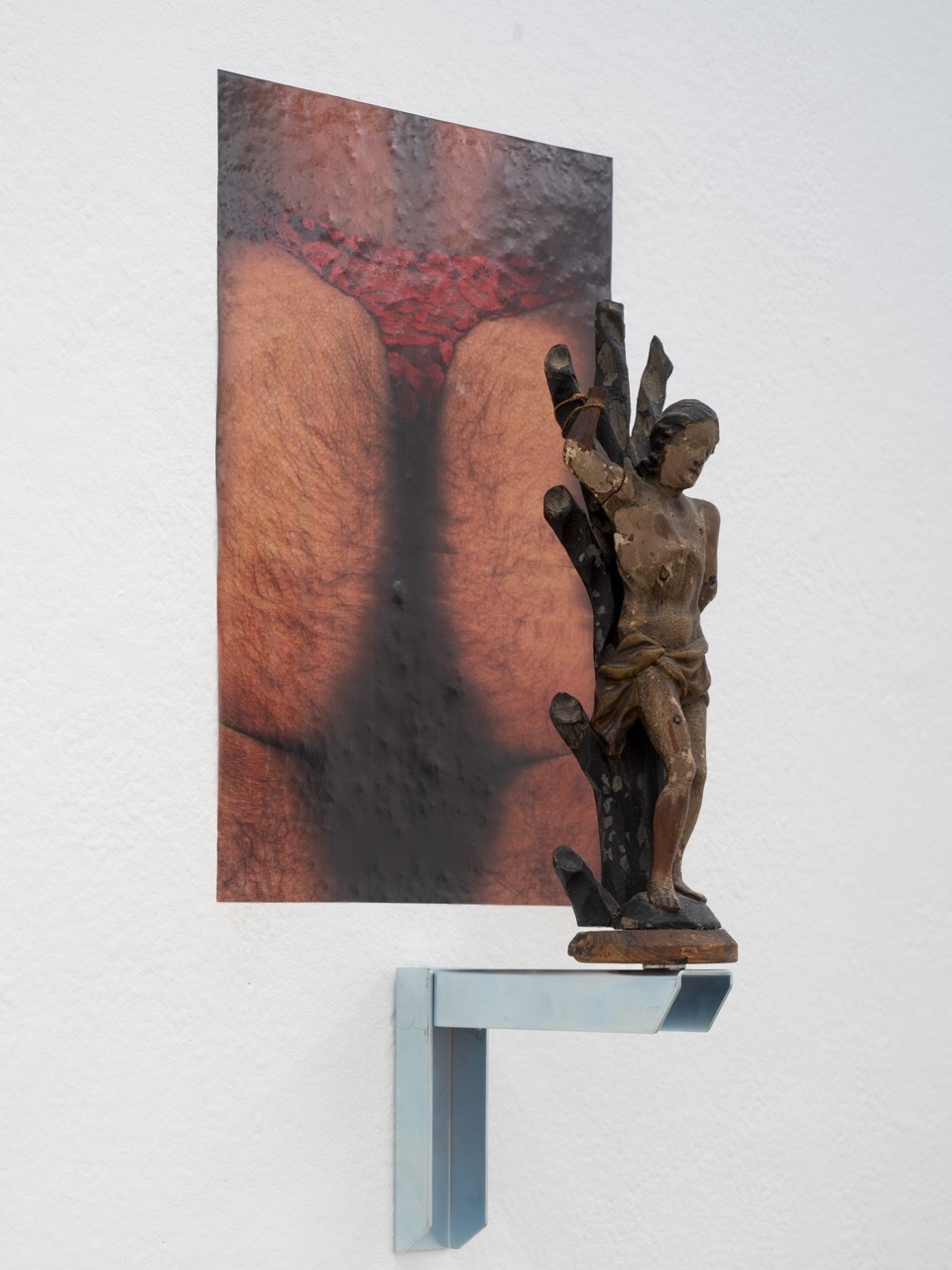
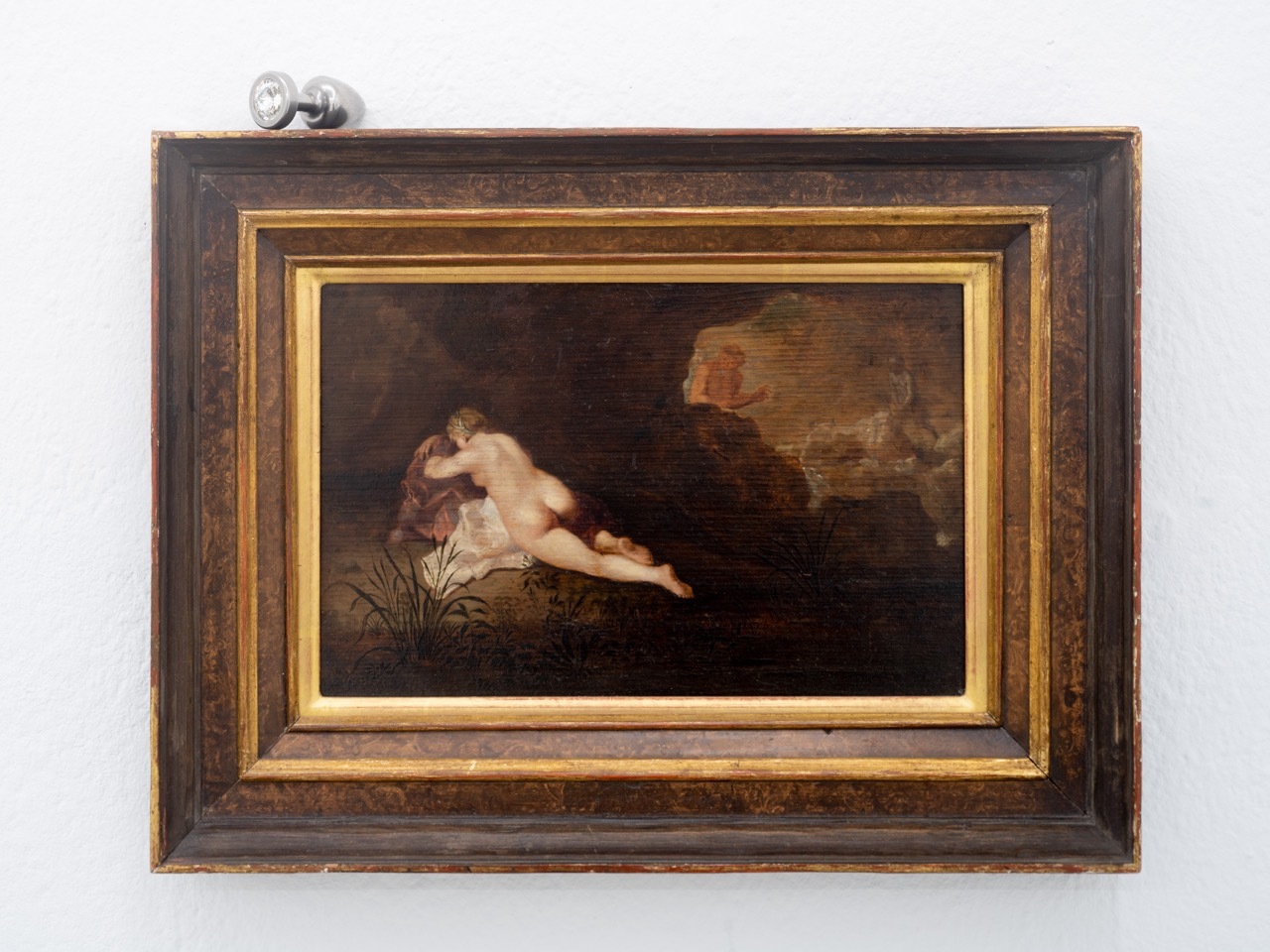
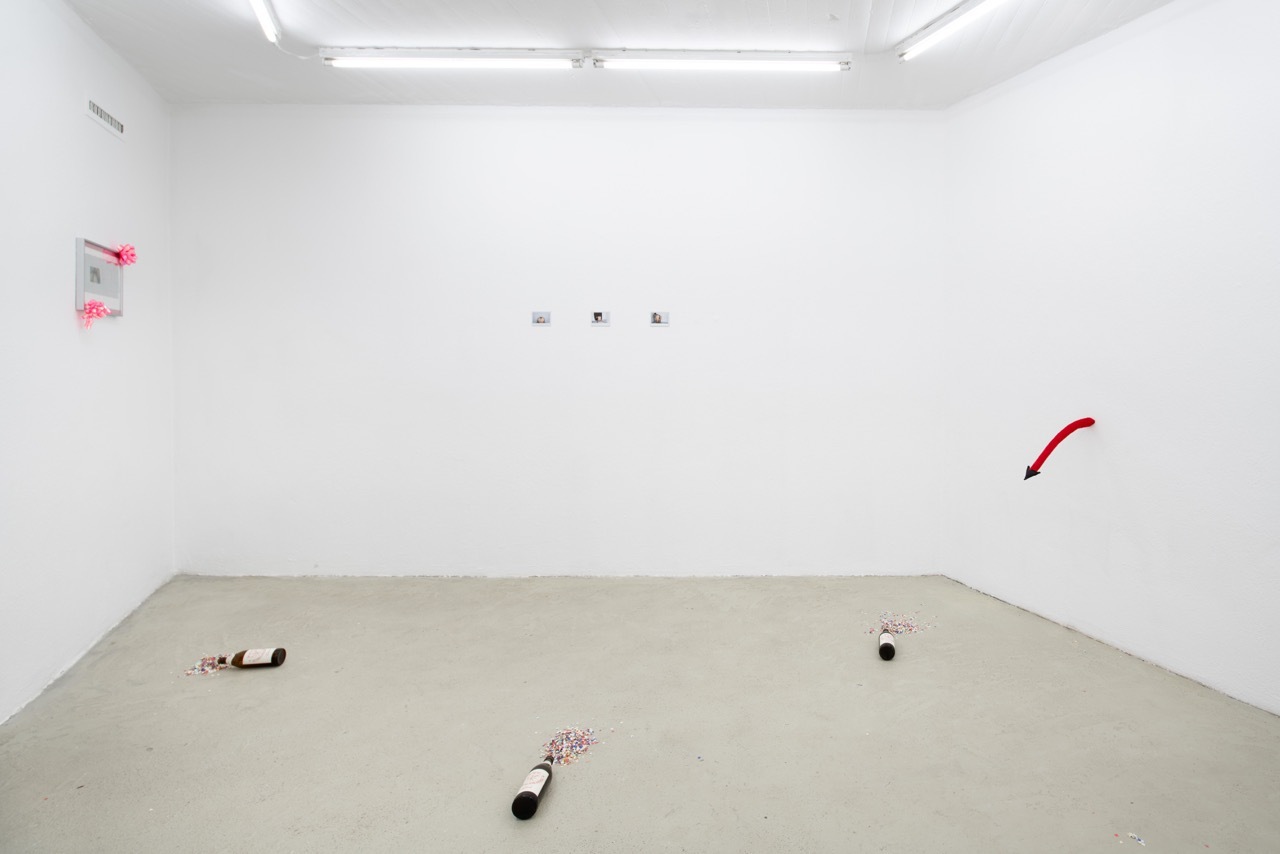
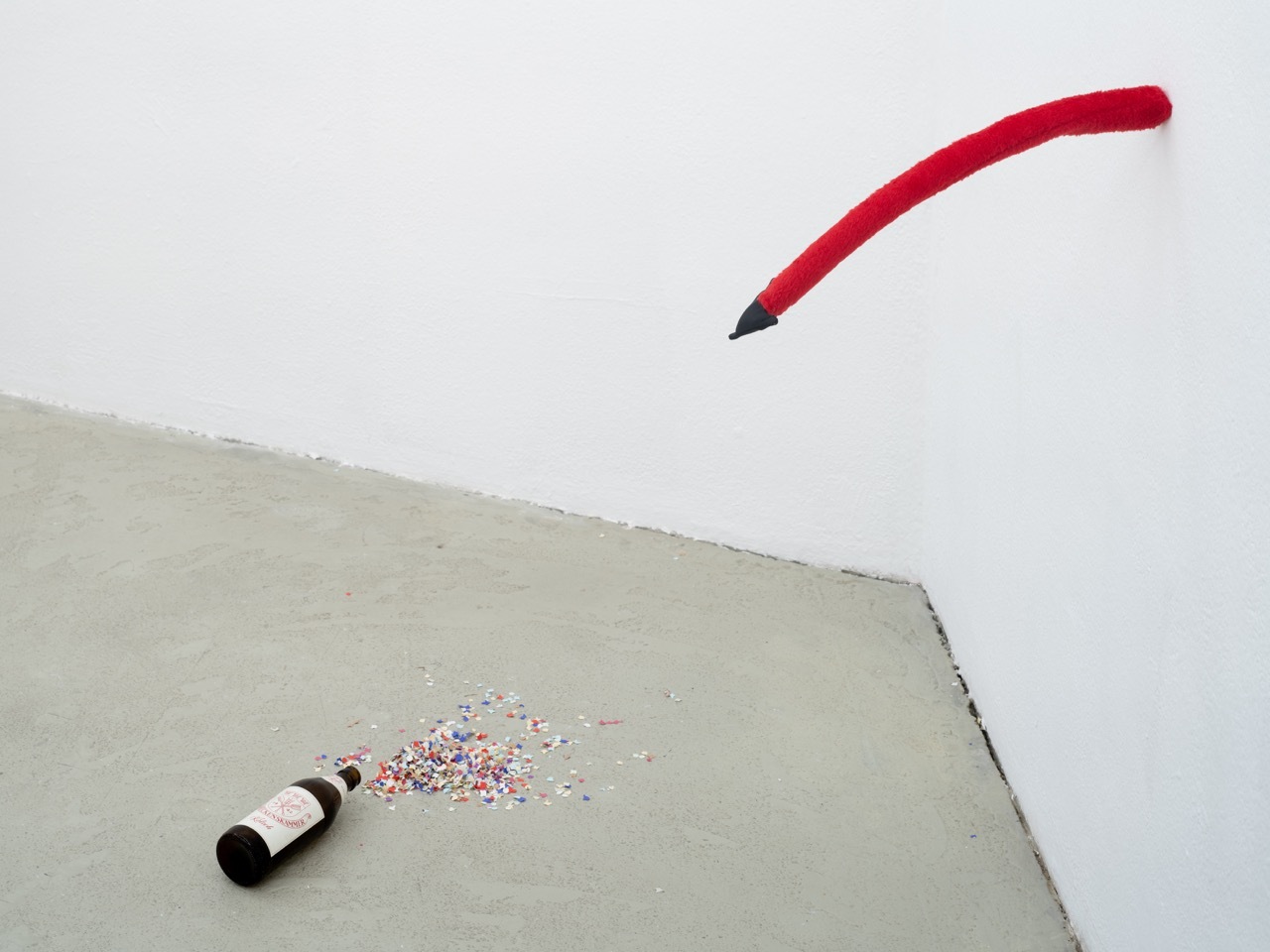
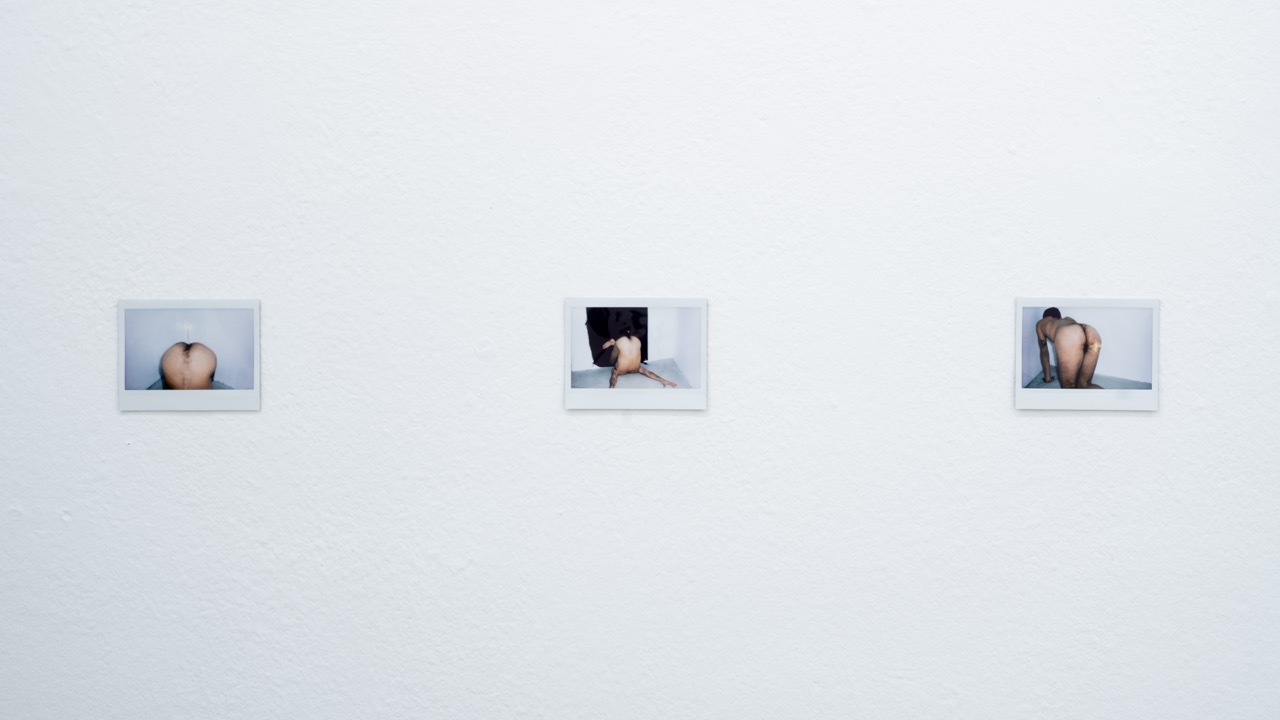
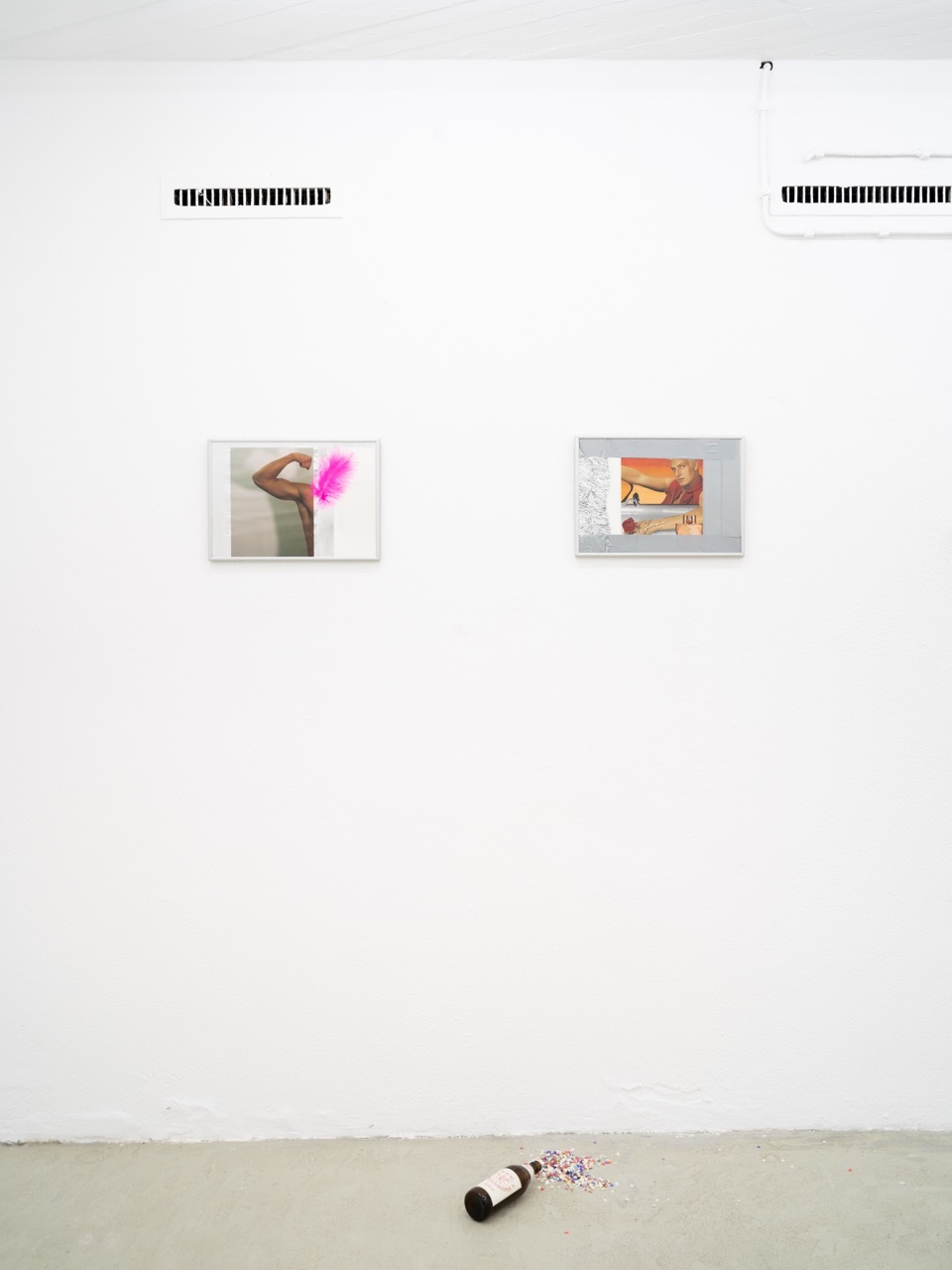
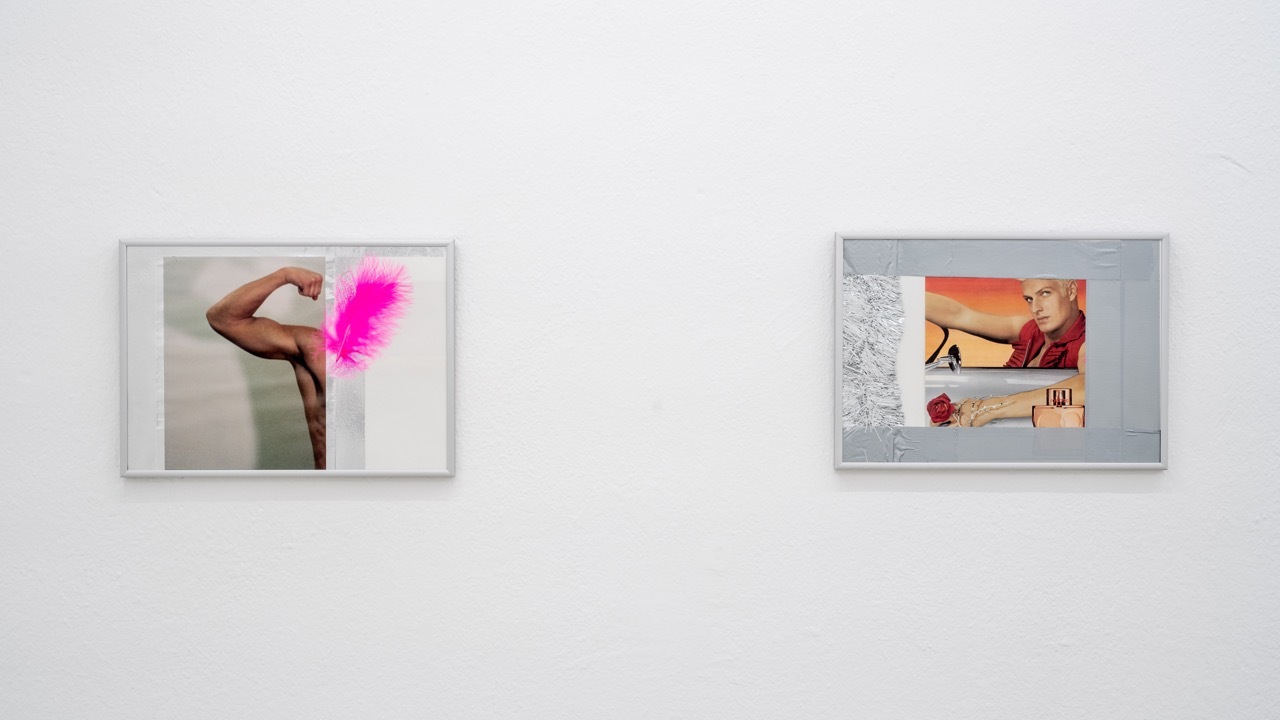
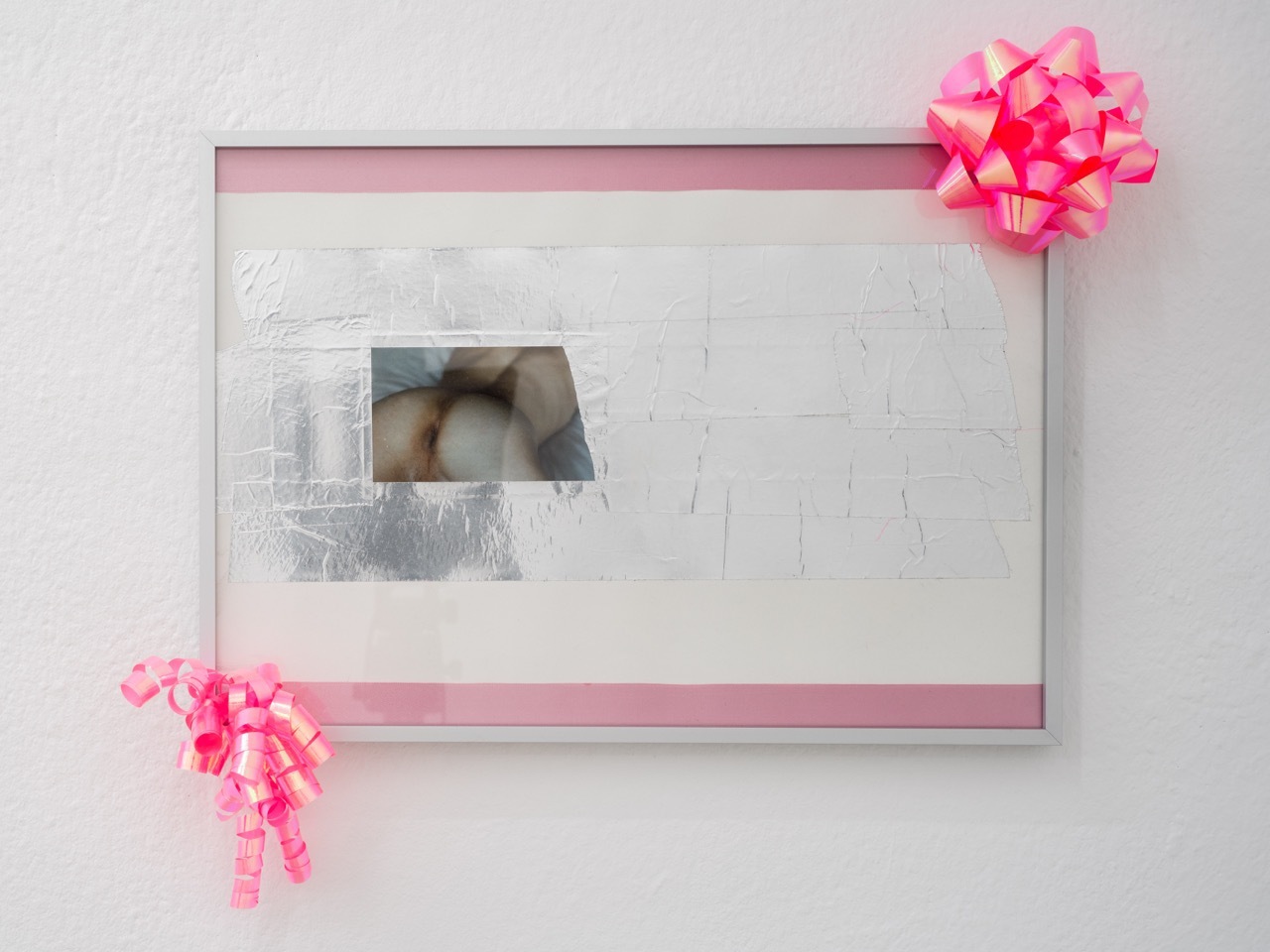
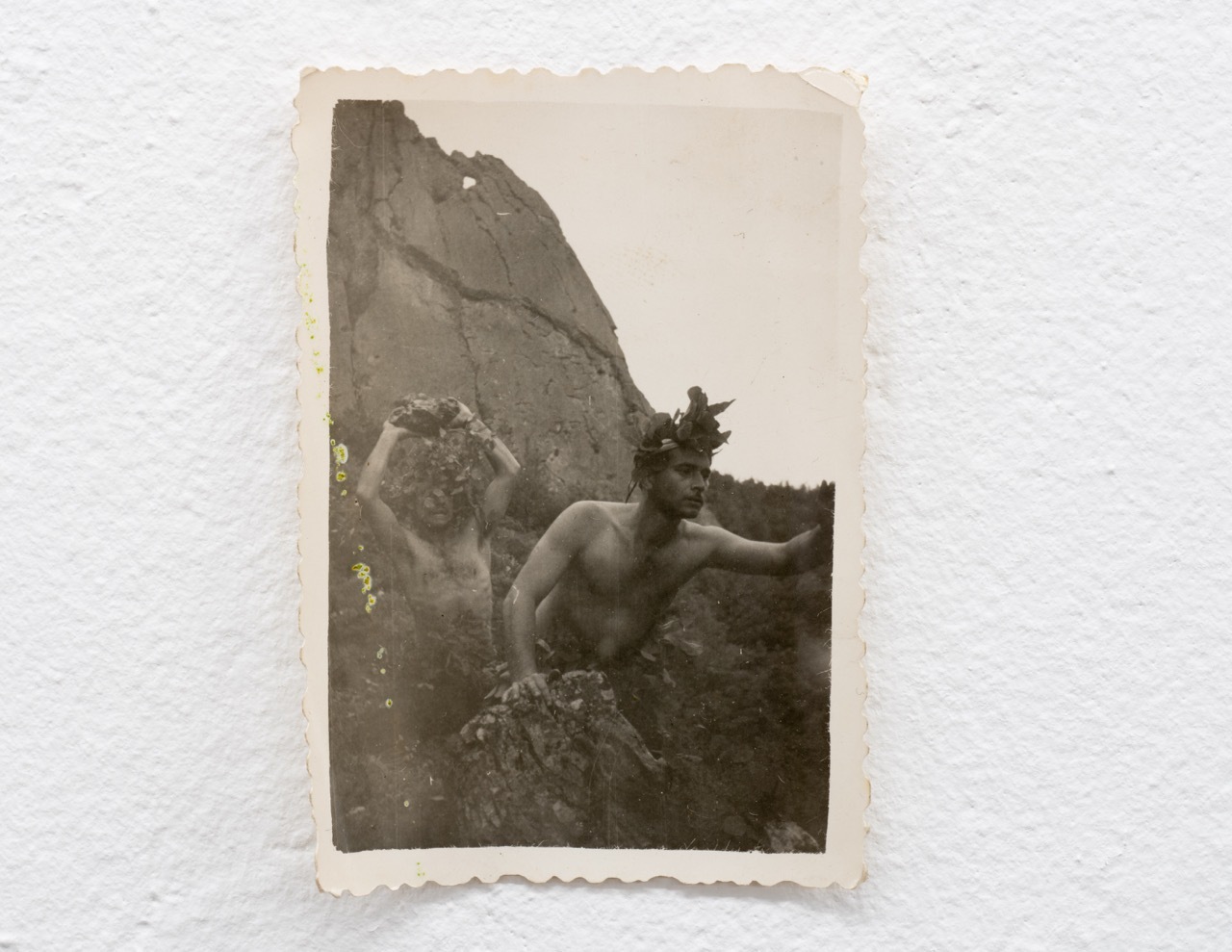
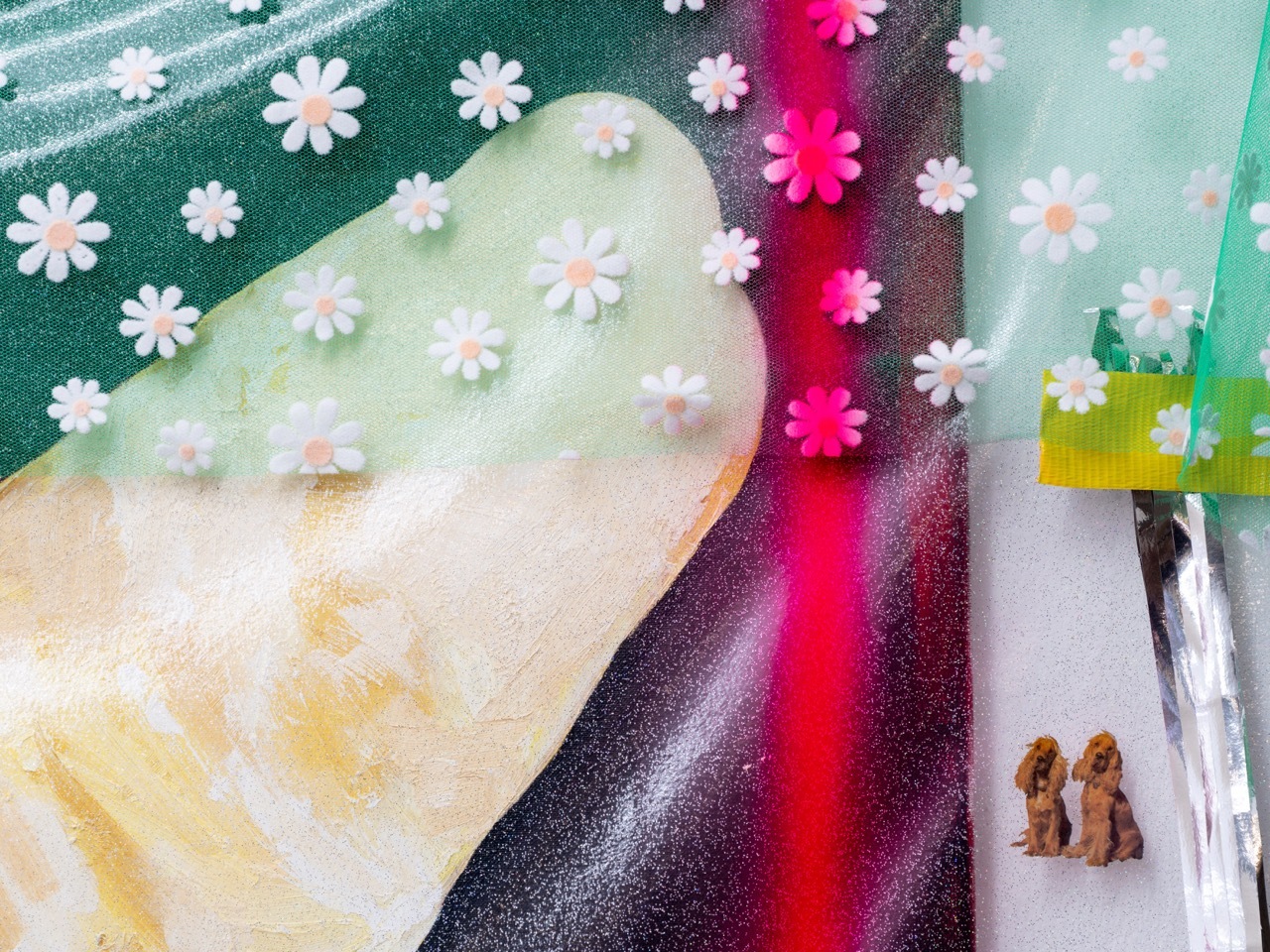

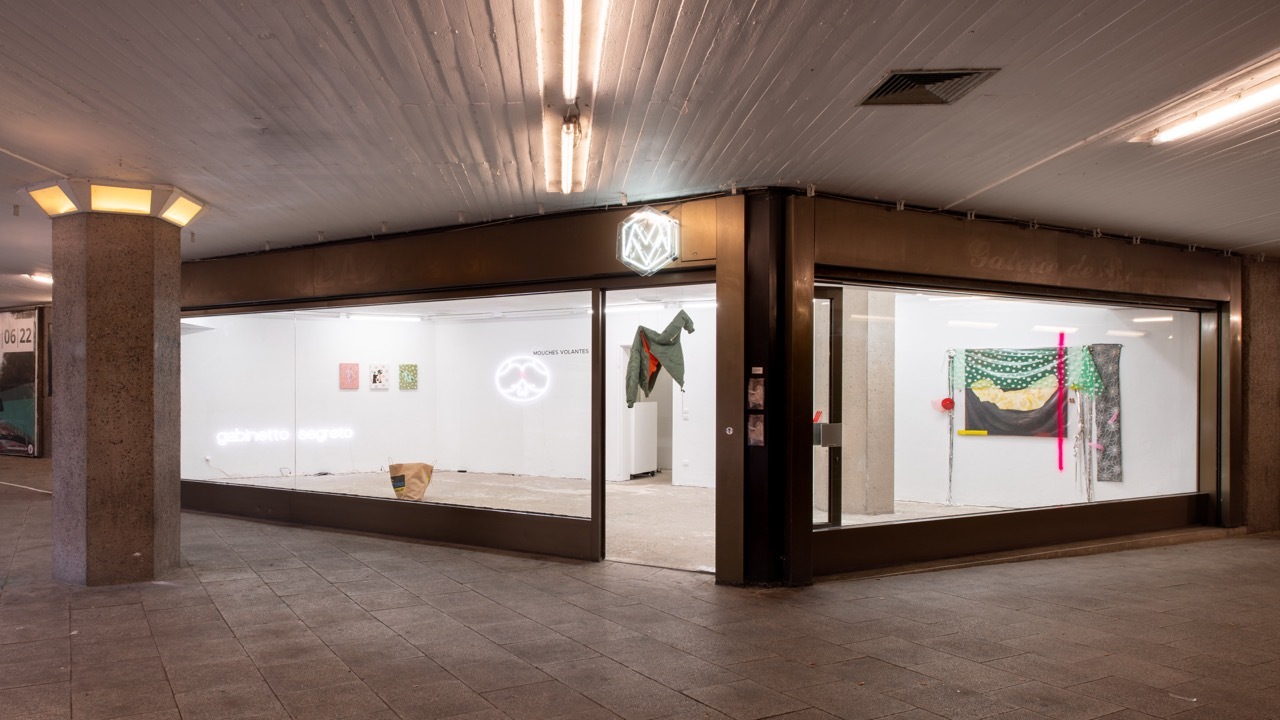
Location
Mouches VolantesDate
04.06 –24.06.2022Curator
Ihsan AlisanPhotography
Dirk RoseSubheadline
For the first solo exhibition in his hometown of Cologne, Nils Amadeus Lange opens the doors to his own Gabinetto Segreto, referring to the Secret Cabinet of the Archaeological Museum of Naples with pornographic/sexual art from antiquity. It shows muses of arousal transcending time. On display are strippers on poisonous yew wood, a faun (this time without a goat), sticky floors with confetti, sexy reliefs, cheap neon and much more.Text
„Gabinetto Segreto“
In the course of early modernity, in the age of Enlightenment, a program of splitting up and splitting off all aspects of human life took place. This process created a complex order, for the benefit of scientific penetration, and at the same time sacrificed the idea of a wholeness of being, long already under the spell of religious and social morals. A restrictive view of sexuality gave rise to, among other things pornography, which shifted a part of things and actions into the secret and forbidden.
The symbol of this practice is the 'Gabinetto Segreto', the Secret Cabinet, in the Archaeological Museum in Naples. Since the early 19th century, ancient works from the sites of Pompeji and Herculaneum have been kept here, hidden since 1821 and then rarely shown. The aim was to keep the classical world of art free from the accusation of shamelessness, to spare the public and to protect it from potentially corrupting influences. It was not until 2000 that this museum censorship was finally (?) lifted and the works were made accessible to the general public. Perhaps the most famous piece is the marble sculpture depicting the shepherd-god Pan copulating with a goat. Accompanying this work are murals and objects that reveal a wide range of sensual and erotic pleasures.
Nils Amadeus Lange visited this collection, which inspired him to create the current exhibition at Mouches Volantes. It was here that he created his "Secret Cabinet," which also bridges the gap to his hometown of Cologne. The artist grew up in the district of Nippes and is familiar with the Ebertplatz as a connecting axis from there to the center of the city. He has experienced this square as a place of change, an urban space that he was warned about as a child, due to the social structure that resides here, or even suspected. He visited it nevertheless, lured by the allure of the forbidden, where late modern architecture and urbanism with their lofty, ambitions seemed to fail in the sense that better architecture would lead to a better society.
The artist now occupies this space performatively and site-specifically, integratively and biographically. The exhibition at Mouches Volantes is not a repository of completed works, but rather part of an ongoing work process that questions conventions and stereotypes. It is no coincidence that Cologne and Naples are themselves two cities that have integrated aspects of the unconventional, at least by reputation, into their way of life, not least through the pre-Christian tradition of carnival. After all, the Italian city knows with the Femminielli, and the city on the Rhine is home and host to many different lifestyles. High and low, both aesthetically and socially, seem to be so close together that they could be one.
In this context, Nils Amadeus Lange relies on the effect of the audience's own experience. This experience is not only conditioned by seeing, but an experience of the whole body, at the latest when a sticky floor changes the way one walks. Are these experiences and the encounter with aspects of sexuality still depend on a 'secret cabinet' in a rising new Victorian age as a Backlash to discourses of emancipation? Freedom and self-determination constitute power and power is shared: inclusive or exclusive, the struggle takes place and it is deeply moralizing in all directions and distinguishing, simply binary or in an endless space of oscillating magnitudes.
Thomas W. Kuhn, Mörfelden-Walldorf in June 2022
Thomas W. Kuhn